How Acapulco became Mexico’s murder capital
Acapulco was once the playground of Hollywood stars, but now this faded resort city is a symbol of the skyrocketing violence in the country
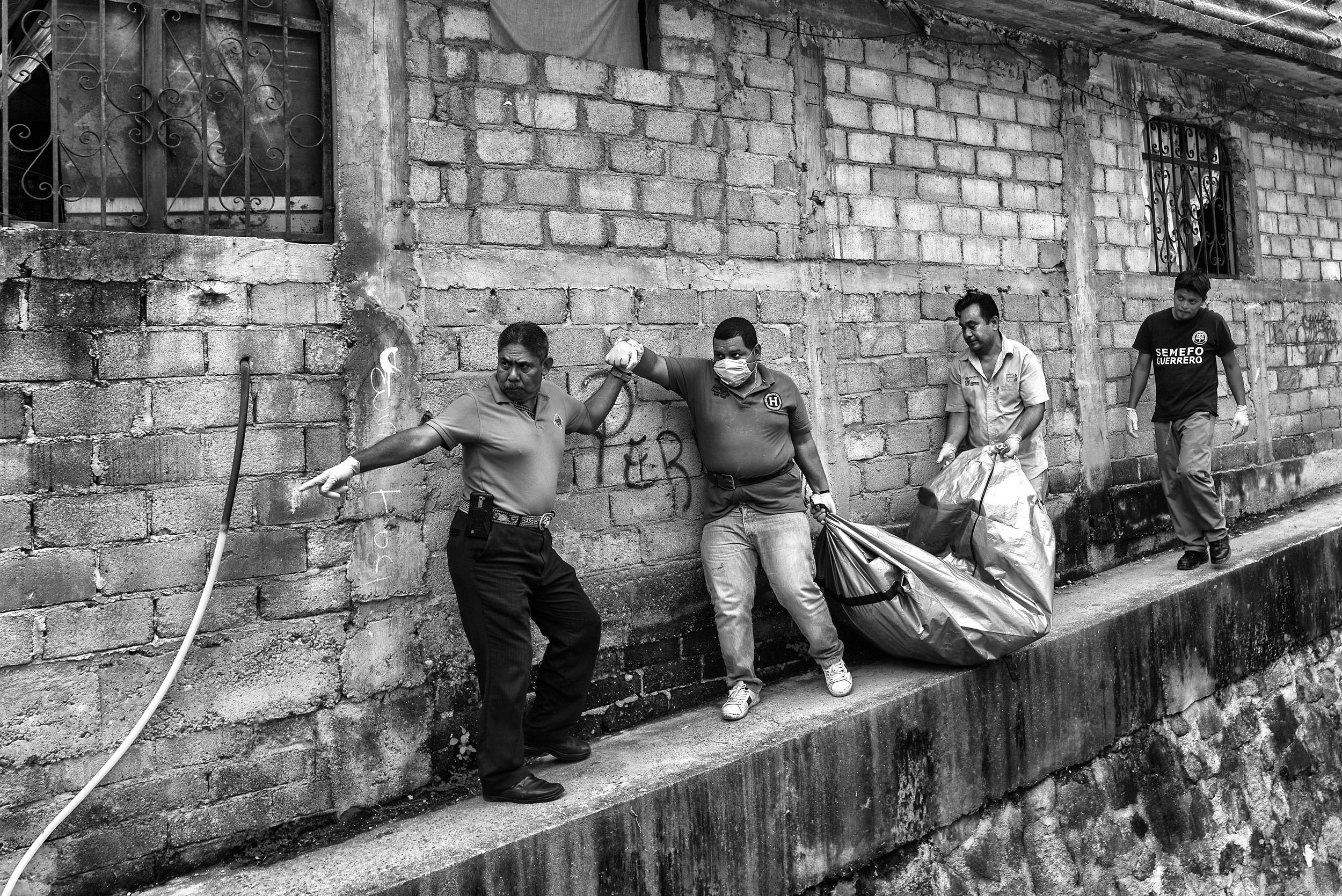
Your support helps us to tell the story
From reproductive rights to climate change to Big Tech, The Independent is on the ground when the story is developing. Whether it's investigating the financials of Elon Musk's pro-Trump PAC or producing our latest documentary, 'The A Word', which shines a light on the American women fighting for reproductive rights, we know how important it is to parse out the facts from the messaging.
At such a critical moment in US history, we need reporters on the ground. Your donation allows us to keep sending journalists to speak to both sides of the story.
The Independent is trusted by Americans across the entire political spectrum. And unlike many other quality news outlets, we choose not to lock Americans out of our reporting and analysis with paywalls. We believe quality journalism should be available to everyone, paid for by those who can afford it.
Your support makes all the difference.From the crescent bay and swaying palms, the taxi drivers of Acapulco need just 10 minutes to reach this other, plundered world.
Here, in a neighbourhood called Renacimiento, a pharmacy is smeared with gang graffiti. Market stalls are charred by fire. Taco stands and dentists’ offices, hair salons and auto-body workshops – all stand empty behind roll-down metal gates.
On Friday afternoons, however, the parking lot at the Oxxo convenience store in this brutalised barrio buzzes to life. Dozens of taxi drivers pull up. It’s time to pay the boys.
When the three young gunmen drive up in a white Nissan Tsuru, Armando, a 55-year-old cabbie, scribbles his four-digit taxi number on a scrap of paper, folds it around a 100-peso note and slips it into their black plastic bag. This is his weekly payment to Acapulco’s criminal underworld – about $5 (£3.80), or roughly half what he earns in a day.
“They have the power,” says Armando, who identified himself only by his first name because he feared reprisal. “They can do whatever they want.”
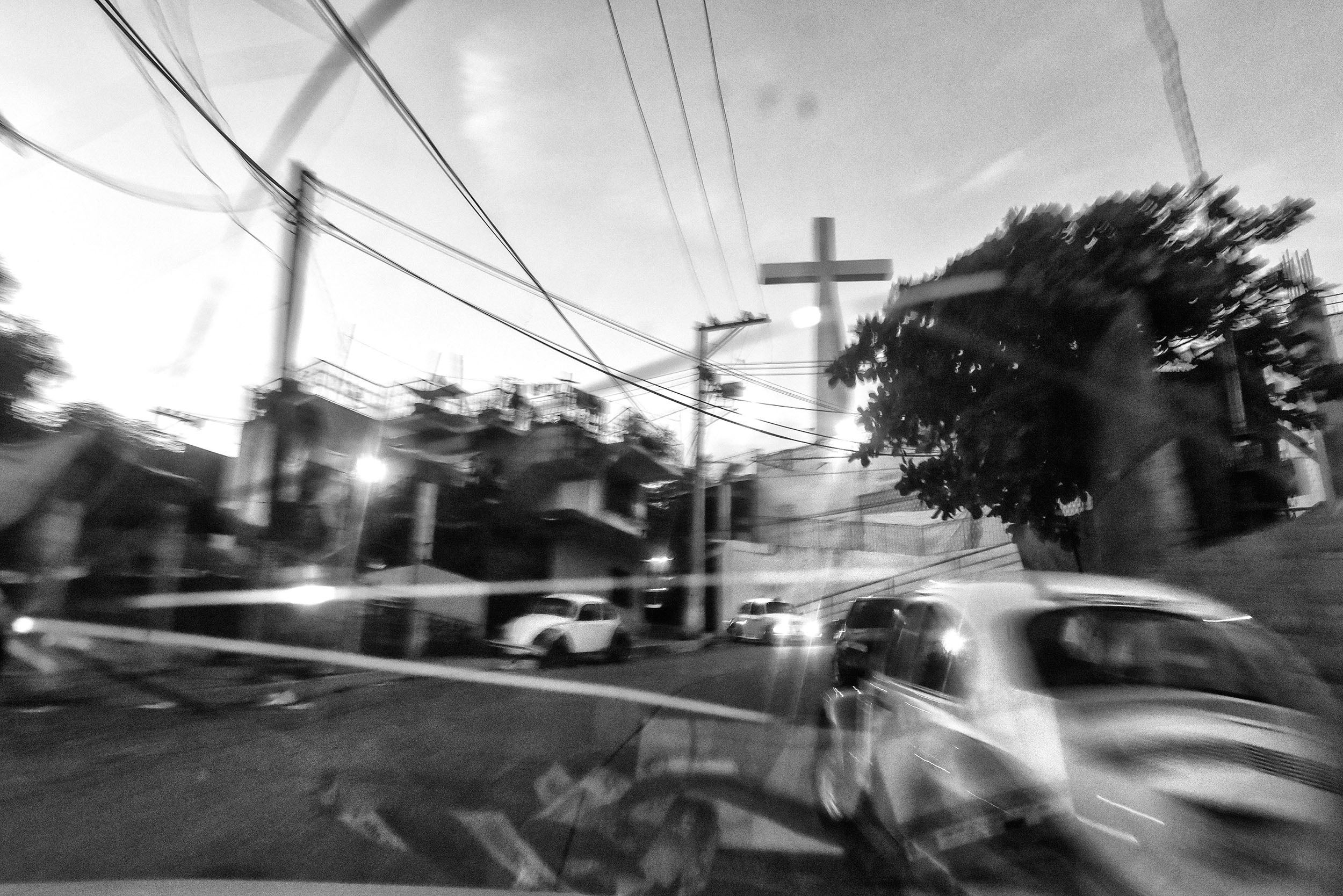
For each of the past five years, Acapulco has been the deadliest city in Mexico, in a marathon of murder that has hollowed out the hillside neighbourhoods and sprawling colonias that tourists rarely visit. And yet, the term “drug war” only barely describes what is going on here.
The dominant drug cartel in Acapulco and the state of Guerrero broke up a decade ago. The criminals now in charge resemble neighbourhood gangs – with names like 221 or Los Locos. An estimated 20 or more of these groups operate in Acapulco, intermixed with representatives from larger drug cartels who contract them for jobs. The gang members are young men who often become specialists – extortionists, kidnappers, car thieves, assassins – and prey on a largely defenceless population.
“They kill barbers, tailors, mechanics, tinsmiths, taxi drivers,” says Joaquin Badillo, who runs a private security company in the city. “This has turned into a monster with 100 heads.”
Mexico is halfway through what may become the bloodiest year in its recent history, with more than 12,000 murders in the first six months of 2017. June was the deadliest month in the past two decades of consistent Mexican government statistics.
There are many theories on why violence, which dropped for two years after the 2012 election of President Enrique Peña Nieto, has roared back: competition for the domain of captured kingpins; the breakdown of secret agreements between criminals and politicians; a judicial reform requiring more evidence to lock up suspected lawbreakers; the growing American demand for heroin, meth and synthetic opiates. Whatever the primary cause, the result has been terrifying – a disintegration of order across growing swaths of this country.
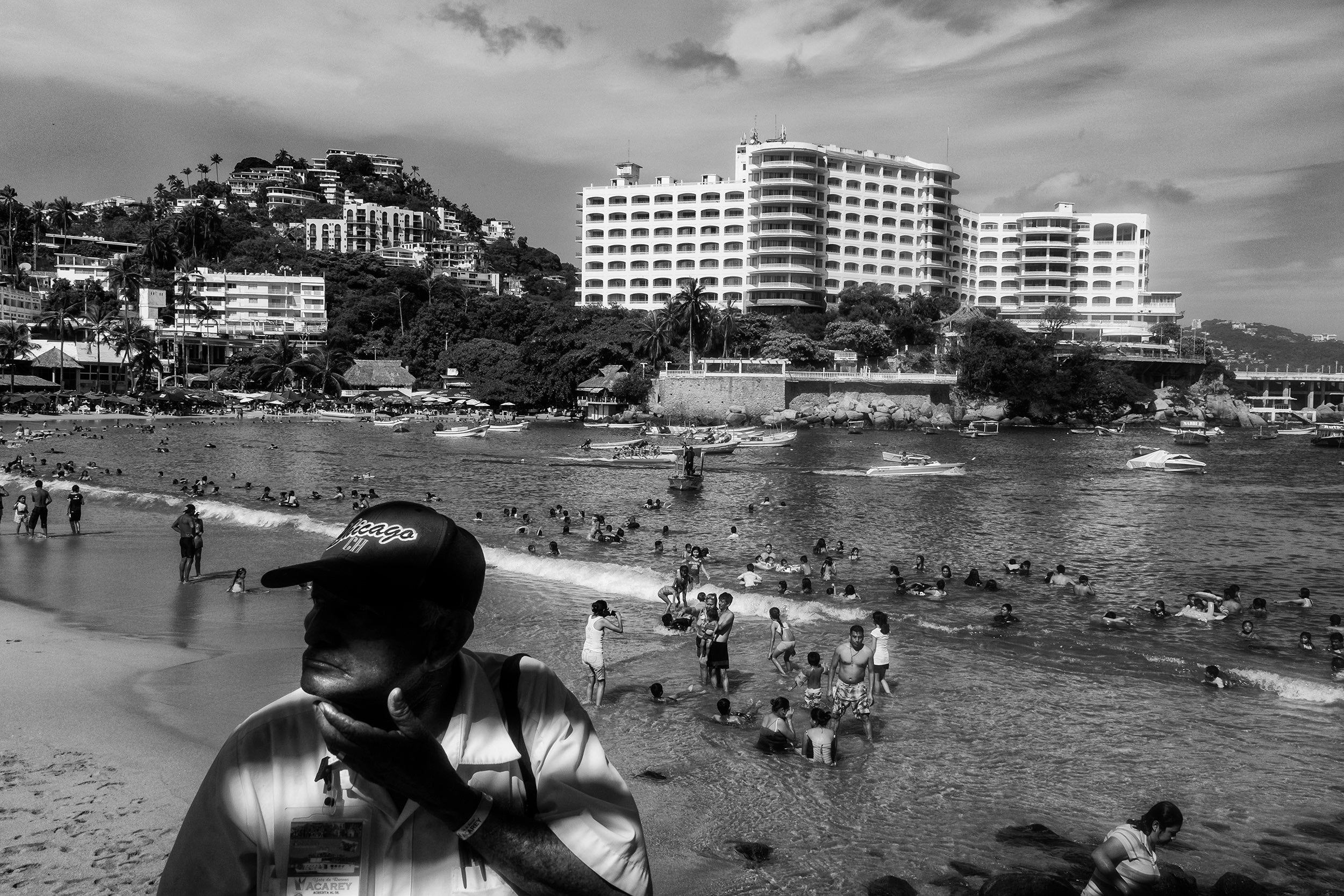
Violence is spreading to new places and taking many forms. In Puebla, south of Mexico City, a fight rages over the sale of stolen fuel. Beach towns such as Cancun and Playa del Carmen have been bloodied by drug killings. The battle for human-smuggling routes leaves bodies strewn along the migrant trail.
In Acapulco, the faded playground of Hollywood stars, where the Kennedys honeymooned and John Wayne basked in the clifftop breeze, drugs are no longer even the main story. This is a place awash in crime of all stripes, where criminals no longer have to hide.
The spark
When Evaristo opened his restaurant along Acapulco’s seaside strip 15 years ago, drugs were plentiful, and that was just fine with him. Acapulco has always been a party town, and became a transit point for US-bound Colombian cocaine and the opium poppy that bloomed along with marijuana in the state’s highlands. The dominant traffickers were the Beltran Leyva brothers of the Sinaloa Cartel.
“What the Beltran Leyvas were doing was selling drugs,” says Evaristo, who identified himself only by his first name, for fear of reprisal. “But they left us alone.”
For Evaristo, and many other Acapulco residents, the city’s descent into lawlessness began with the events at La Garita. A brazen January 2006 shoot-out in that central neighbourhood left flaming vehicles and bodies in the street and became part of the city’s lore, as much as the iconic cliff divers and the Hollywood stars who once passed through town.
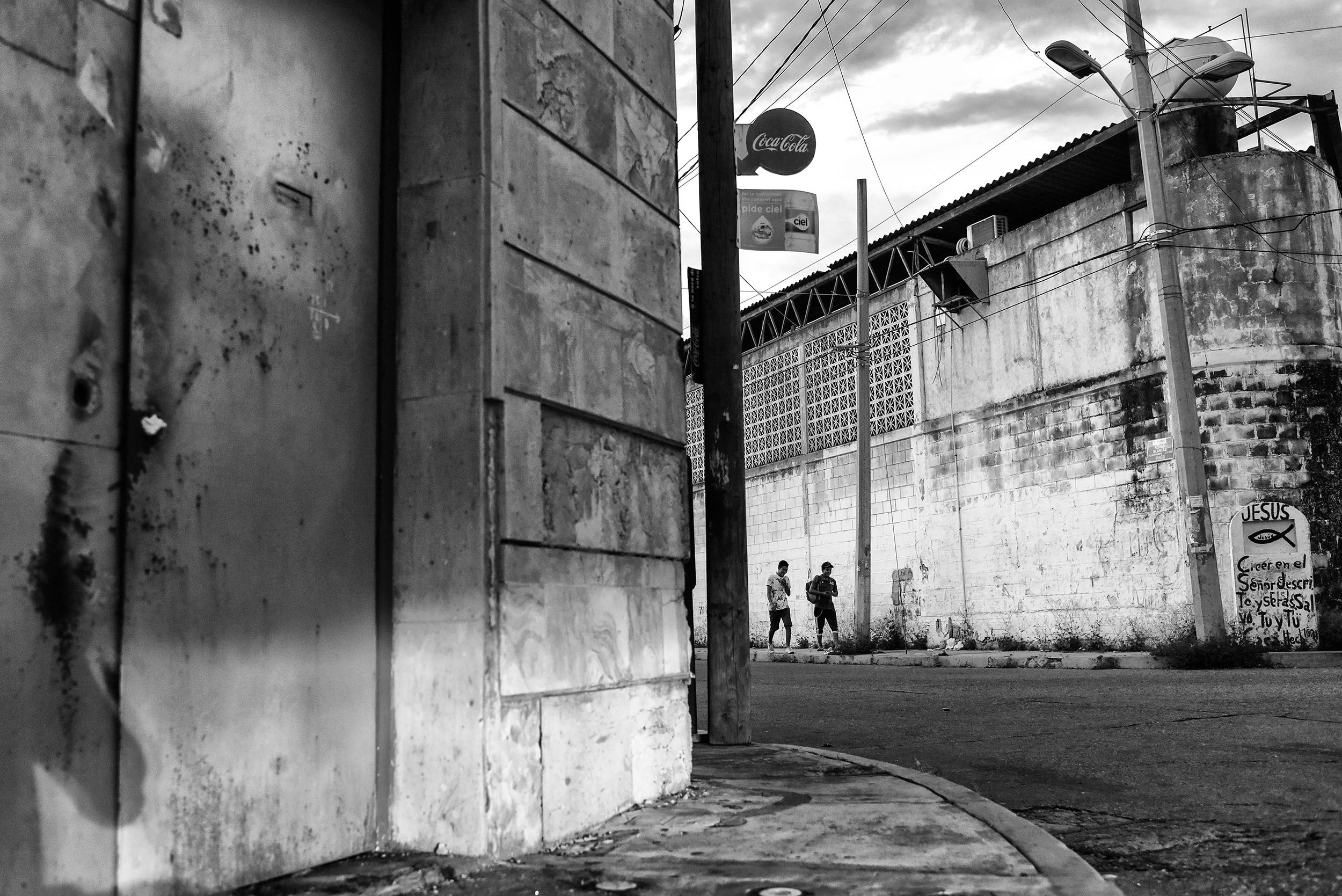
That gun battle also made one thing clear: national-level cartels were active in Acapulco – in this case the Sinaloa cartel, allied with the Beltran Leyvas, and the expansionist Zetas. And they were willing to use tremendous violence against each other.
“That’s when all this began,” Evaristo recalls.
Over the next decade, as then-President Felipe Calderón declared war on organised crime, Mexican security forces and their US allies picked off cartel bosses and kingpins, splintering their organisations.
In Acapulco, the result has become a kaleidoscope of feuding criminals. After the killing of a powerful Beltran Leyva brother in 2009, rival factions emerged, with names like the Independent Cartel of Acapulco, the South Pacific Cartel and La Barredora. Contenders joined the fray from ascendant heroin-trafficking groups and crime organisations from other cities.
With the loss of all-powerful cartel bosses who had tightly controlled their criminal empires, drug gangs moved increasingly into other crimes, such as kidnapping and extortion.
Some 2,000 businesses have closed in the past few years, according to trade associations, driven away by crime and a withering economy. The bulk of the devastation has come in the poorer, inland neighbourhoods, but the tourist strip has not been spared. Gone are Hooters and the Hard Rock Cafe, along with famed local spots such as El Alebrije nightclub and Plaza Las Peroglas, a shopping mall. An accountant whose clients included restaurant owners, doctors, and mechanics says that about 70 per cent of them had closed their businesses in the past year because of extortion.
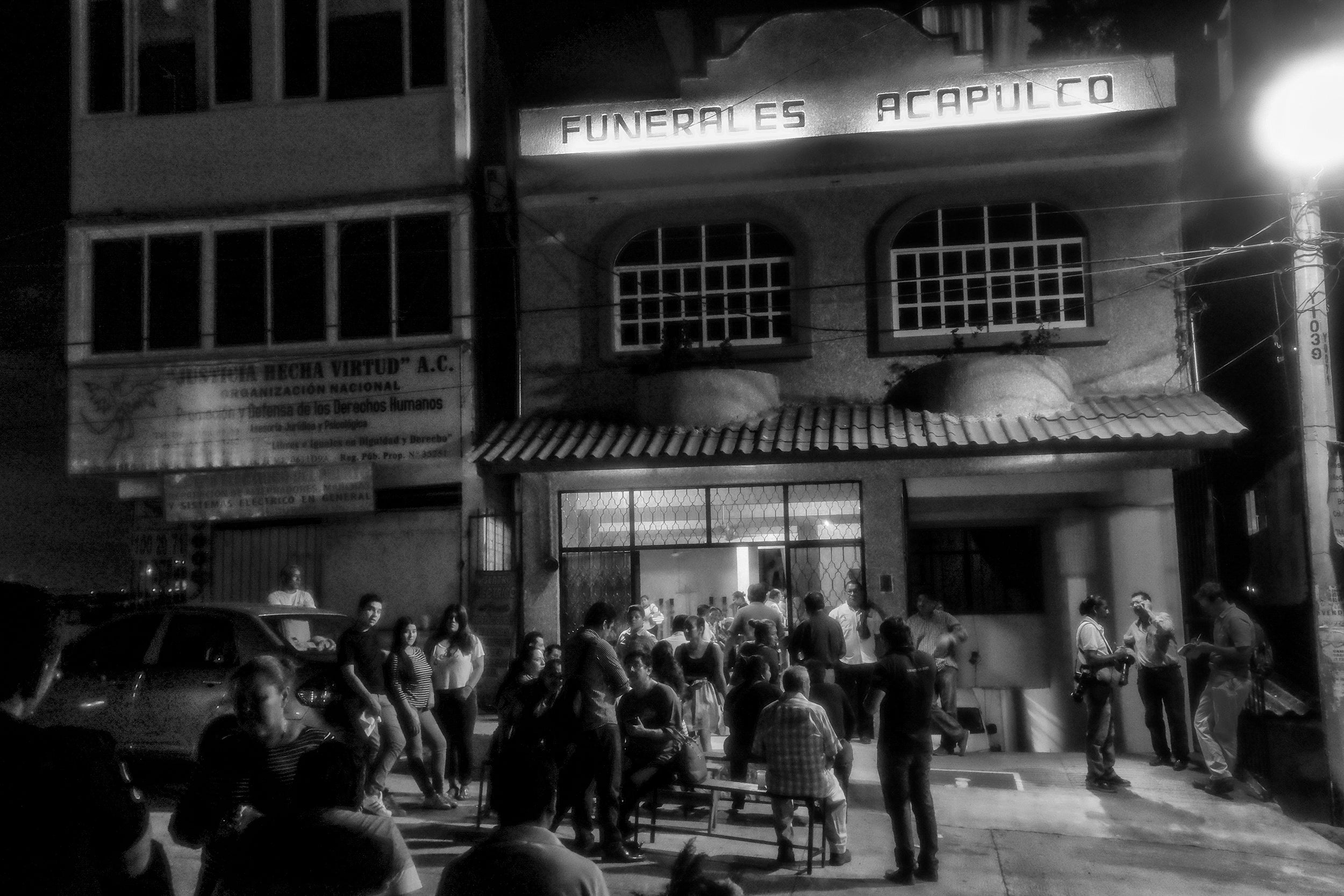
“Today, in Acapulco, this problem has given us mass psychosis,” says Alejandro Martinez Sidney, president of the Federation of Chambers of Commerce, Services and Tourism in Guerrero, which represents more than 8,000 businesses. “We are frozen, waiting for someone to come and demand our money.”
Last September, five gunmen walked into Evaristo’s restaurant, asking for the phone number of the owner. After he said he wouldn’t pay extortion, the men returned and put their guns to the heads of the staff, saying they would burn down the restaurant with everyone inside it, the restaurant owner recalled.
Since then, Evaristo has paid 40,000 pesos (about $2,200) per month. He has cut back on advertising and maintenance to cover the payments. Two of his private security guards were riddled with bullets from a passing car one night in May and survived the attack. If this keeps up, he will close down.
“My life is at risk,” Evaristo says.
New behaviours
Mexico’s crime gangs have not just proliferated, they behave differently than in past decades. Cartels were once based on family ties and known for maintaining strict hierarchies that rewarded members’ loyalty with promotion through the ranks.
The newer generations of criminal gangs operate more like a “wheel network”, a web of contacts who ally at times but also work independently, says Cecilia Farfán, a scholar at the Instituto Tecnologico Autonomy de Mexico, or ITAM, which specialises in organised crime and is carrying out research in Acapulco.
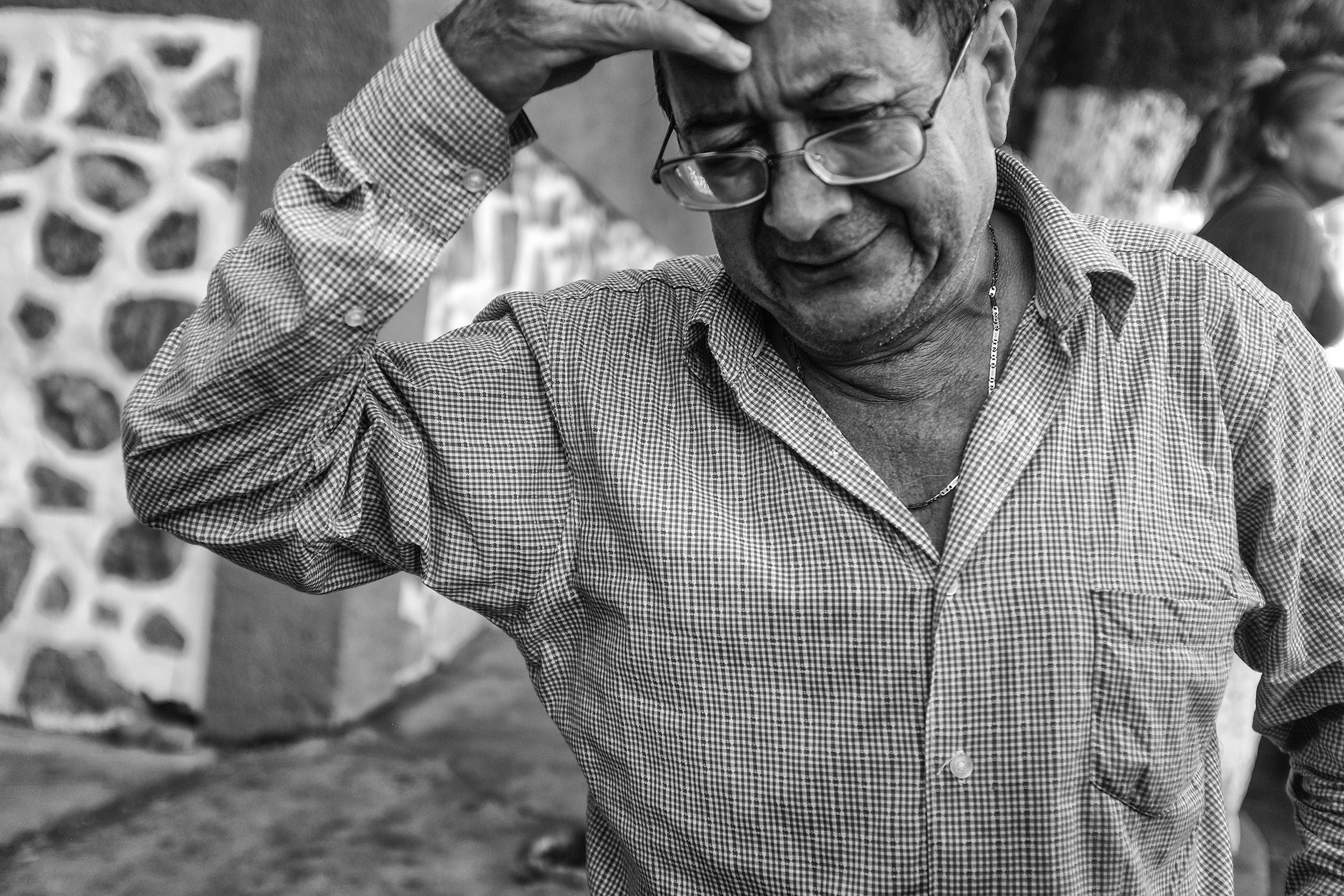
If these quasi-independent cells get disrupted, the larger network can still function, and “the intelligence that a cell can provide to law enforcement or rival organisations is limited”, Farfan wrote in her recently completed dissertation.
Criminals have begun to show less allegiance to a single organisation – acting more like freelance subcontractors.
“They hire you for your expertise; they’re not going to develop you as a human resource,” Farfan says about how street-level criminals are used. “They’re not investing in you, and you’re not invested in them, either.”
The victims of Acapulco’s violence come in many forms: those caught in feuds between criminal bands; businessmen who don’t pay extortion; those who cross the invisible boundaries between drug gang territory. The situation has become so confused – with criminals staking out overlapping domains – that residents often complain about being forced to pay off two or three different groups. People die over mistaken identity or as bystanders.
On one recent night, an overflow crowd waited silently on sidewalk benches outside an Acapulco funeral parlour. Gerardo Flores Camarena, 57, a hotel bartender, couldn’t stay seated. He paced back and forth in anguish as he spoke into his phone.
“The killers thought they were from another group,” he told a relative. “They got confused. Can you imagine: confused.”
The day before, his brother, Ricardo, 42, an ambulance driver, and Gerardo’s two teenage grandsons had been found in the trunk of their Nissan Sentra. They had suffered a type of torture known as the “tourniquet”: wires cinched around their necks to the point of suffocation.
A note left with the bodies said this is what happens to car thieves. But the Nissan had belonged to the family.
“We feel powerless against what is happening in this city,” Flores says.
Continuing slide
When Mayor Evodio Velázquez Aguirre took office in October 2015, he said, the municipal police force was “totally out of control”.
Half the 1,500 officers had failed federal vetting and background checks. The police had spent much of 2014 on strike to protest salaries and benefits, leaving state and federal forces in charge.
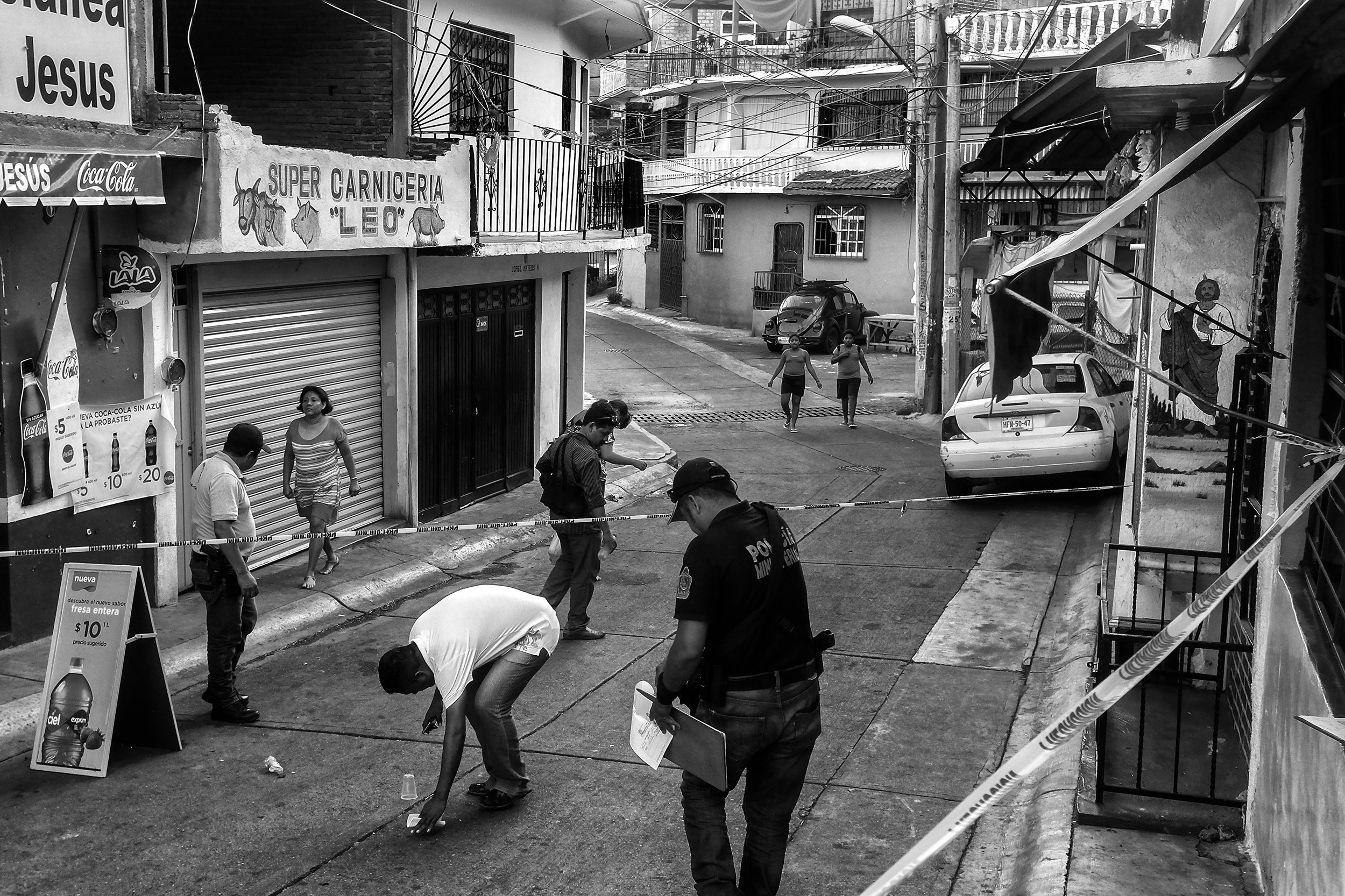
The mayor says his administration has provided the police with life insurance, housing, new cameras and vehicles. There is also a new, separate tourist police force with jaunty uniforms to attend to travellers. “Acapulco is on its feet,” the mayor says.
But last year, there were 918 killings in the city of 700,000, the most murders of any Mexican city for the fifth straight year. During the first half of this year, the government numbers track slightly lower – 412, compared with 466 in the same period in 2016 – although the local El Sur newspaper lists 466 murders for the most recent period.
Juan Guillermo Fierro Rocha, the commander in Acapulco for the Mexican navy, which has a critical role fighting cartels, told El Sur this month that criminals are lashing out because they are “cornered”, and that he expects a decrease soon.
But Mexican authorities have failed for years to halt Acapulco’s slide. Some 5,000 security forces are in Acapulco, and the coastal sliver of hotels and restaurants brims with federal and state police, soldiers, marines and municipal forces. This attention to the tourist strip, however, leaves the vast majority of the city exposed, residents say.
Mexican police have been hobbled by corruption for decades, and Acapulco has been no exception. Alfredo Alvarez Valenzuela, who oversaw the Acapulco police for five months until May 2014, told the Mexican newspaper Reforma last year: “The municipal police don’t work for organised crime; the municipal police are organised crime.”
But the problem goes beyond corruption. Mexican municipal police traditionally have had little training, low pay, poor equipment and little capacity to do investigations. Federal police and the army often lack street-level knowledge of cities and their crime gangs.
Juan Salgado, an expert on police reform at CIDE, a Mexican research centre, says that police are reluctant to visit some neighbourhoods in Acapulco because they are outgunned and frightened.
“I’m not sure if crime would increase if the whole municipal police department in Acapulco disappeared,” Salgado says. “They are so inefficient in stopping crime I don’t think it would make a huge difference.”
Meanwhile, many people refuse to press charges out of concern the information will leak back to their tormentors. That makes investigating crimes all the more difficult.
On a recent afternoon, a man wearing a cowboy hat and carrying an assault rifle stood in plain sight on the main boulevard in the Emiliano Zapata neighbourhood, five miles from Acapulco Bay.
At his feet on the pavement lay another young man, barefoot and curled in the fetal position, his hair matted with blood. The man with the assault rifle kicked him repeatedly and savagely, then walked calmly back to his white pickup truck. A federal police truck rolled past, but it didn’t stop.
Danger for taxi drivers
Taxi drivers operate at the intersection of Acapulco’s troubles: They have a shrinking number of tourists as clients, and navigate more dangerous streets. Some have become part of the crime world themselves, working as gang spotters (voluntarily or under duress), or moving drugs or weapons in their cars. When a rival gang tries to take over a neighbourhood, its members often kill taxi drivers “in an effort to blind the established organisation”, Chris Kyle, an anthropologist and expert on Guerrero based at the University of Alabama at Birmingham, wrote in an affidavit for an Acapulco taxi driver applying for asylum in the United States.
More than 130 taxi drivers were slain in Acapulco last year, making them about eight times more likely to get murdered than the average city resident.
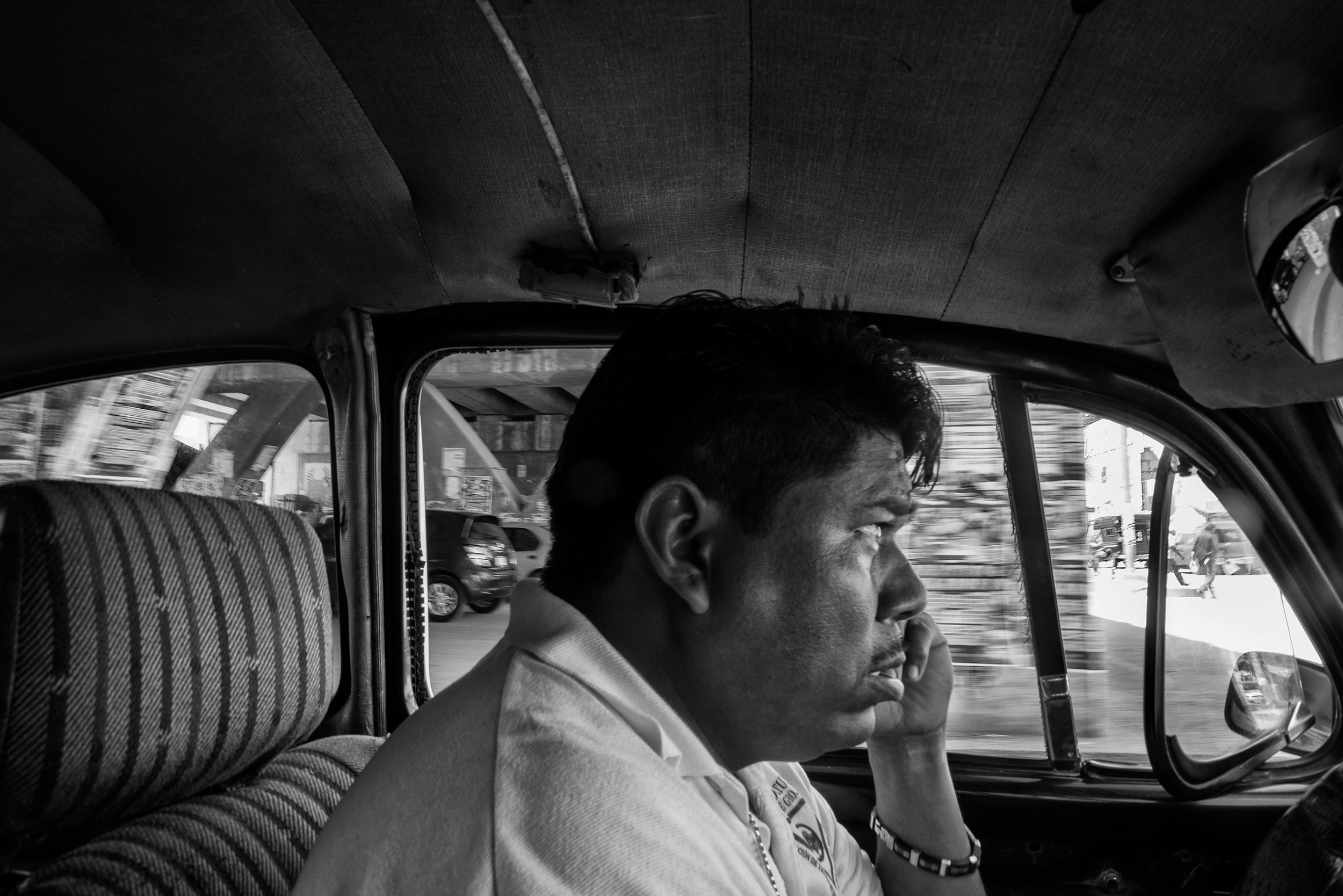
Teens with guns often commandeer taxis in Renacimiento for hours or days. They burn taxis to enforce their warnings. Guillermo Perez, 40, a taxi driver, putters around the neighbourhood in a 1995 Volkswagen Beetle, its windshield cracked and upholstery ripped out, leaving his newer car hidden at home. He no longer picks up strangers, driving only clients he knows.
“People are terrified,” he says.
Years ago, ferrying around tourists used to be enjoyable, he says, even lucrative work – $100 for a day shift, more at night.
“It was so different: It was Acapulco,” he says. “People were out in the streets. We all lived from tourism.”
The wealthy can leave or build homes with elaborate security systems, but the poor are exposed. And so Perez, like many of the 20,000 taxi drivers in Acapulco, pays his weekly fee for protection, even though he receives none.
“If 100 pesos a week is what it costs to stay alive,” he says, “I’ll pay.”
© Washington Post
Join our commenting forum
Join thought-provoking conversations, follow other Independent readers and see their replies
Comments